Gyeonggi Sikdang (경기식당)
7.6Km 2024-02-23
86 Sinpyeonggangbyeon-ro, Habuk-myeon, Yangsan-si, Gyeongsangnam-do
Gyeonggi Sikdang is nestled near the Tongdosa Temple, one of Korea's three major temples. It is celebrated for its expertise in Korean cuisine. The restaurant's signature dish is sanchae bibimbap (wild vegetable bibimbap), a vibrant mix of at least five types of namul (salad) harmoniously blended with their homemade gochujang (red chili paste). Each order is thoughtfully paired with an array of side dishes and a complementary soup. In addition to this signature dish, Gyeonggi Sikdang's menu boasts a diverse selection of Korean specialties, such as deodeok gui (grilled deodeok), dotorimuk (acorn jelly salad), pajeon (green onion pancake), and baeksuk (whole chicken soup).
Tongdosa Temple [UNESCO World Heritage] (통도사[유네스코세계문화유산])
7.6Km 2024-02-08
108 Tongdosa-ro, Habuk-myeon, Yangsan-si, Gyeongsangnam-do
Tongdosa Temple, esteemed for its establishment in 643, is a revered site recognized as a UNESCO World Heritage. This temple proudly houses Buddha's genuine sacred relics. It also boasts an array of significant Buddhist cultural treasures, such as the Daeungjeon Hall, the Gilt-Bronze Vairocana Buddha, and the Buddhist Museum. Additionally, the temple offers a templestay program for visitors.
Miryang Pyochungsa Temple (표충사 (밀양))
8.2Km 2022-09-16
1338, Pyochung-ro, Miryang-si, Gyeongsangnam-do
+82-55-352-1150
Pyochungsa Temple is located at the base of Jaeyaksan Mountain, 20 kilometers east of Miryang. The temple was originally founded by Monk Wonhyo in the 1st year of King Muyeol in Silla period under the name Junnimgsa Temple, then expanded and renamed by a monk from India in the fourth year of King Heungdeok’s reign of the Silla period. Nearby attractions include Cheungcheungpokpo Falls, Geumgangpokpo Falls, and Eoreumgol Ice Valley, as well as Sajapyeong Plain at the ridge of the mountain.
Jaeyaksan Mountain (재약산)
8.6Km 2021-05-25
Gucheon-ri, Miryang-si, Gyeongsangnam-do
+82-55-352-1150
Situated between Miryang and Ulju, Jaeyaksan Mountain (1,119.1 meters) boasts gorgeous landscapes with giant rock formations near its peak. One of the most popular attractions of the mountain is Sajapyeong Plain and its vast field of silvergrass. The hiking course is relatively easy, adding to its charm. Nearby attractions include Eoreumgol Valley, Hobakso Pool, Pyochungsa Temple, Cheungcheungpokpo Falls, and Geumgangpokpo Falls.
Unmunsan County Park (운문산군립공원)
8.9Km 2025-03-28
Unmun-myeon, Cheongdo-gun, Gyeongsangbuk-do
+82-54-370-6114
* Please be advised that this is located in one of the areas affected by the recent wildfire (as of March 27, 2025).
** For real-time wildfire information and emergency upates, visit the Korea Forestfire Information website and the National Disaster and Safety Portal.
Unmunsan Mountain (1,118 meters) is one of the seven mountains rising over 1,000 meters above sea level in the Yeongnam Alps in the Taebaeksanmaek Mountain Range. Unmunsan Mountain features dense groves, attracting a large number of hikers. From the summit, one can get a great view of the golden reeds on Cheonhwangsan Mountain to the south, and the ridges of Gajisan Mountain to the east.
There are various sized temples and hermitages on the mountain, nestled among a splendid landscape. Unmunsa Temple is situated at the foot of the mountain on the northern side. It was built by Sinseung in the 18th year of the reign of King Jinheung (557) of the Silla Kingdom. Though some buildings burned down during the Imjin War, the Obaengnahanjeon Hall and Gwaneumjeon Hall have been preserved in their original state. The dense groves of pine trees and fir trees add to the tranquility of the beautiful scenery. In the temple, seven treasures are kept, including the Stone Lantern at Geumdang Hall (Treasure). The historic relics date back to the Silla kingdom and Goryeo dynasty.
Eoreumgol Hanok Pension (얼음골한옥펜션&캠핑장)
9.6Km 2024-12-13
11-12 , Hayangjian-gil, Miryang-si, Gyeongsangnam-do
+82-10-7100-6203
Eoreumgol Hanok Pension is a hanok pension located between Gajisan Provincial Park and Unmunsan County Park in Gyeongsangnam-do. There are three guest rooms in the pension that have been constructed with red clay, hardwood charcoal powder, and red clay hemp cloth in order to provide health and healing to guests. For convenience, it is equipped with a modern kitchen and bathroom, as well as an outdoor swimming pool, outdoor barbecue facilities, and traditional games like rolling hoops and tuho (arrow-throwing). Each season, the pension operates an outdoor campsite and organizes apple and chestnut picking activities.
Unmunsan National Recreational Forest (국립 운문산자연휴양림)
10.6Km 2025-03-28
763 Unmun-ro, Cheongdo-gun, Gyeongsangbuk-do
+82-54--371-1323
* Please be advised that this is located in one of the areas affected by the recent wildfire (as of March 27, 2025).
** For real-time wildfire information and emergency upates, visit the Korea Forestfire Information website and the National Disaster and Safety Portal.
Unmunsan National Recreational Forest in Cheongdo, Gyeongsangbuk-do is located at the foot of Unmunsan Mountain (1,188 meters), which is also called Hogeosan Mountain. It is a great place to spend time in summer for hiking and camping, surrounded by taller mountains (more than 1,000 meters above sea level) such as Munboksan Mountain (1,014 meters) and Gajisan Mountain (1,240 meters).
Yongmipokpo Falls (20 meters) and Byeokgyesu Valley, in which the waters flow across the sandless rock bed, are famous locales in the forest. Located in a thick broadleaf forest, inhabited by many diverse species such as Korean mountain camellia, Unmunsan National Recreational Forest offers lush greenery in summer, beautiful foliage in autumn, and cozy, splendid snowscapes along with the Yongmi Ice Wall in winter. In Unmunryeong, located 2.5 kilometers to the east, visitors can watch the spectacular sunrise above the East Sea.
Vanastha (Healing in Ulju) (와나스타(울주에서 치유하다))
10.7Km 2025-03-28
207 Daeam 1-gil, Eonyang-eup, Ulju-gun, Ulsan
* Please be advised that this is located in one of the areas affected by the recent wildfire (as of March 27, 2025).
** For real-time wildfire information and emergency upates, visit the Korea Forestfire Information website and the National Disaster and Safety Portal.
Vanastha, located in the forest inside Daeam Dam in Ulju-gun, is a forest yoga house that means "stay in the forest." For modern people who lack time to look back on their bodies in their tired daily lives, it provides time to fully focus on themselves with proper breathing, meditation, and Hatha yoga. Here, one can hear the sounds of nature, feel nature, and experience of becoming one with nature and the universe, only in nature. It offers a one-day class and a yoga meditation program on Saturday mornings. Private session option is available for a group of four or more people with a reservation in advance.
Ulsan Petroglyph Museum (울산암각화박물관)
12.3Km 2021-02-22
254, Bangudaean-gil, Ulju-gun, Ulsan
+82-52-229-4797
Ulsan Petroglyph Museum was established on May 30, 2008 at the entrance to Petroglyphs of Bangudae Terrace (National Treasure No. 285) in Ulju-gun. The museum displays 311 exhibit materials and has an exhibition hall, a storage room, a research lab, and an audiovisual room.
The exhibition hall presents models of petroglyphs of Bangudae and petroglyphs of Cheonjeon-ri (National Treasure No. 147), an educational video introducing the petroglyphs, a children’s hall, and family activity facilities. Visitors can observe reproductions of famous petroglyphs at the outdoor exhibit.
Seokgolsa Temple (석골사)
12.6Km 2024-02-23
167 Wonseo 3-gil, Sannae-myeon, Miryang-si, Gyeongsangnam-do
Seokgolsa Temple, located on Unmunsan Mountain in Miryang, is surrounded by a series of peaks including Unmunsan Mountain to the north, Gajisan Mountain to the east, and Eoksan Mountain to the west. The temple is set in a picturesque landscape, adorned with unique rock cliffs and deep valleys. Below Seokgolsa Temple, the perennial Seokgolsapokpo Falls and valley captivate visitors with their continuous flow of water, attracting a steady stream of tourists and hikers throughout the year.
![Tongdosa Temple [UNESCO World Heritage] (통도사[유네스코세계문화유산])](http://tong.visitkorea.or.kr/cms/resource/83/1229083_image2_1.jpg)
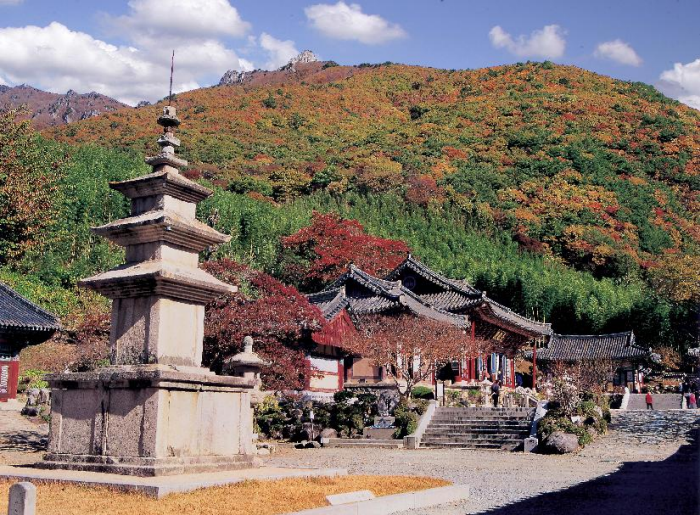
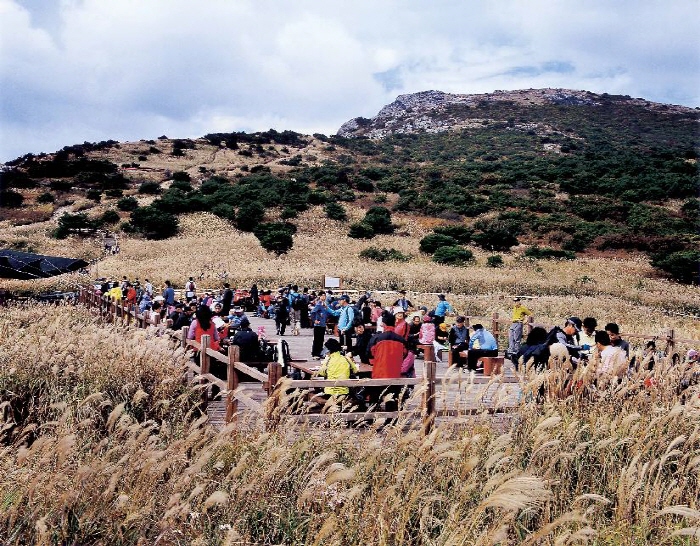
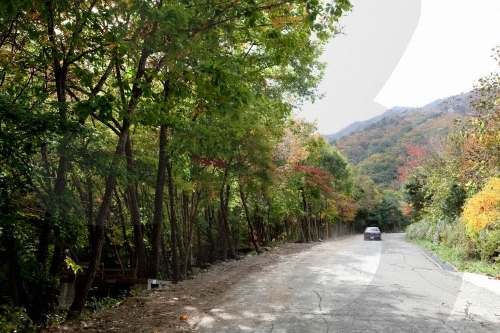
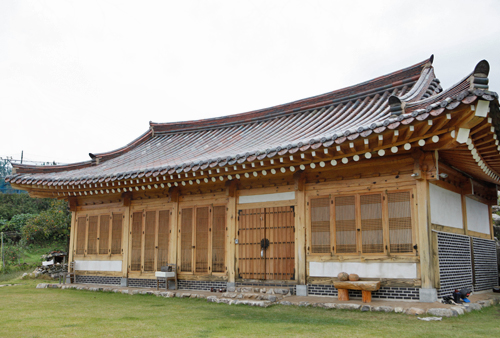
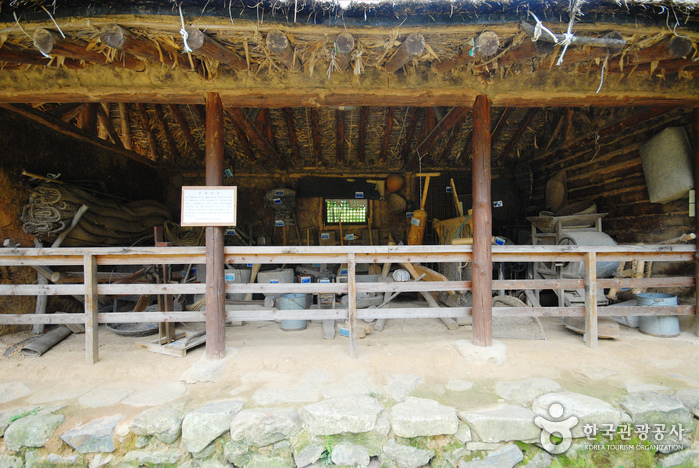
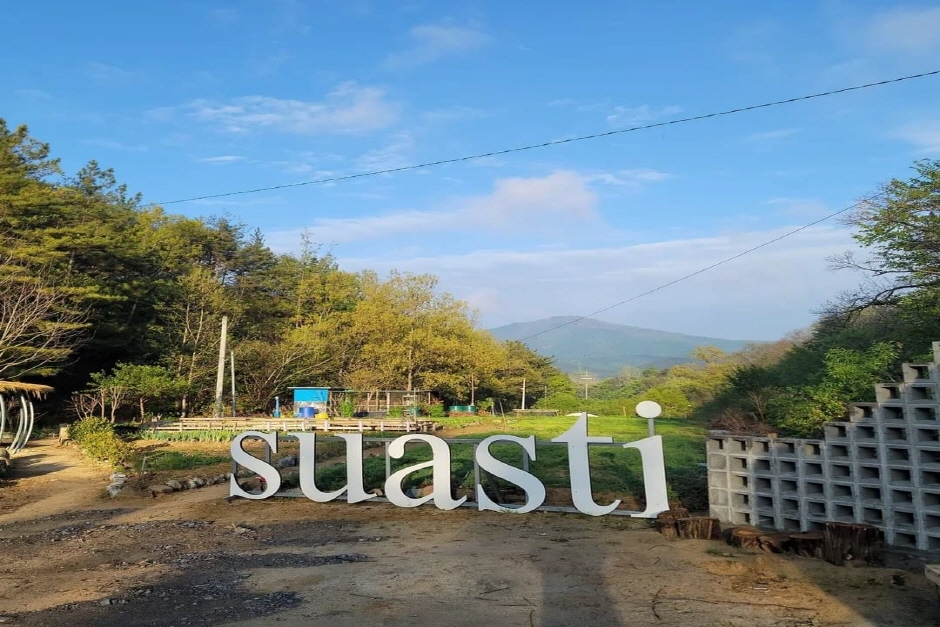
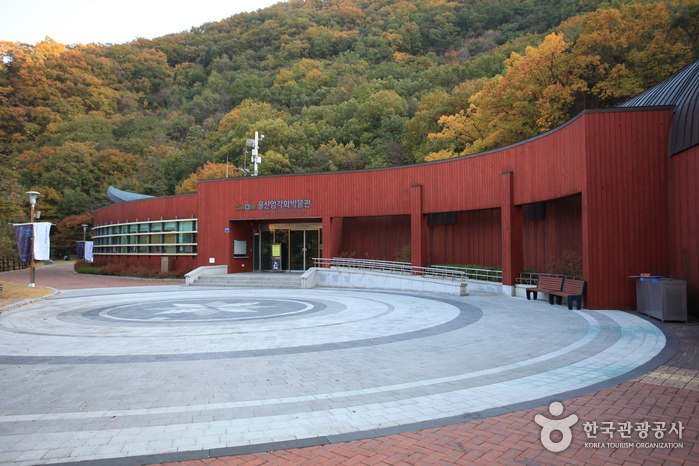

 English
English
 한국어
한국어 日本語
日本語 中文(简体)
中文(简体) Deutsch
Deutsch Français
Français Español
Español Русский
Русский